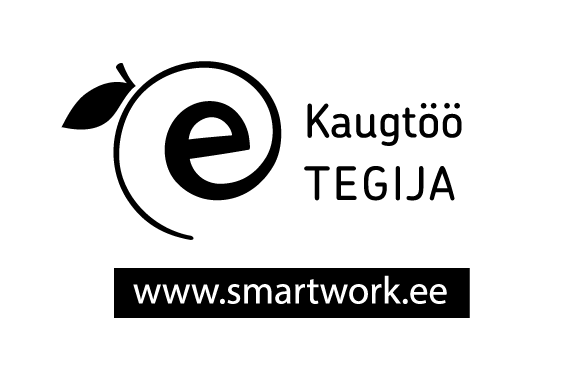Eesti Kirjandusmuuseumi aastaraamat 1999
Paar sammukest XVI
EDITORIAL NOTE
Estonian Literary Museum is a state institution of research and development, the main goal of which is the collecting of cultural historical and folkloristic source materials and making them accessible for the researchers, and the study and publication of source materials.
The first Yearbook of the Museum, still bearing the stamp of its era, was published already in 1949. Since the publishing of the second volume in 1958 the Yearbook appears under the title "Paar sammukest (eesti kirjanduse ja rahvaluule uurimise teed)" (A Couple of Steps (On the Road of Studying Estonian Literature And Folklore)"), thus referring to our literary classic F.R. Kreutzwald. The Soviet publishing practice did not allow the publication of these volumes in the form of a real yearbook each year. Still, up to 1989, 12 volumes appeared, publishing research based on archival collections, source materials from these collections, and the chronicle of museum activities. After a pause of seven years, in 1996 the yearbook started appearing annually, it is compiled in turn by the Archival Library, the Archive of Estonian Folklore or the Estonian Cultural Archive. The chronicle part, naturally, contains all museum events. In this form the intended readership of the Yearbook comprises the large group of researchers and users of museum collections, but also a wide range of people interested in the humanities.
The present volume was compiled by the Estonian Cultural Archive and it marks the 70th anniversary of the Archive on April 14, 1999. The First Part reviews the more important work directions of the archive: The Head of the Archive Piret Noorhani discusses the recent decade of work of the Archive in the changing Estonian society; Rutt Hinrikus, the principal investigator of the respective grant, writes about how the exile Estonian archives reach the homeland. Tiina Kirss, the collaborator of the Archive at the Chair of Estonian Studies at the University of Toronto in Canada, gives a feminist analysis of those biographies of Estonian women that describe the deportations to the Siberia. On the basis of these biographies she also examines the specificity of writing a historical narrative.
The Second Part of the Yearbook is devoted to the Annual Conference of the International Committee of Literary Museums (ICLM) at the International Council of Museums (ICOM) held in Tartu in the early summer of this year. The subject of the scientific discussion of the conference was "The Exhibition as a Work of Art", the Yearbook publishes a selection of the papers of the conference. The preparing of museum exhibitions has greatly remained only the problem of the people involved in this process in Estonia, the reception of such exhibitions has never been noteworthy, no public discussions have been held on the subject as to what modern expositions should look like or who their audience should be. At the same time, when compared with the rest of Europe, there are many literary memorial museums in Estonia, and the problems connected with exhibiting materials comprise the everyday work for the staff of these museums. Publishing a number of presentations discussing the work of the Literary Museum and the essence of literary exhibitions in Estonian in the present Yearbook, we are convinced that the subject contains much materials worthy of study. We give credit to all presenters and list all colleagues who officially participated in the conference: Eva Wolfova, Sarolta Schredl, Marianne Wirenfeldt Asmussen, Karin Hallas, Aimi Hollo, Maie Nisu, Virve Ots, Heivi Pullerits, Lembi Puusepp, Liivi Rosenvald, Lembi Taev, Pia Forssell, Kaarina Sala Lampenius, Raija Majamaa, Hellevi Riitinen, Eila Tuovinen; Yves Gagneux, Joseph A. Kruse, Friedrich Pfäfflin, Karoly Vegh, Zaiga Bogdanova, Jânis Gârjans, Viktors Janons, Ilze Knoka, Ivars Zukulis, Dace Zvirgzina, Ruta Cimdina, Anita Putnina, Anton Korteweg, Erling Dahl, Gerd Aarsland Rosander, Janusz Odrowàþ-Pieniàþek, Svetlana Chetrakova, Elvira Kubyshkina.
The Third Part of the Yearbook chronicles the museum events of the recent year, and aims to introduce our work to our friends in the present, and to describe it for the future history.
Translated by Marika Liivamägi
